But this isn't a rant about e-publishing. It also isn't a review of the book. But it does nick the book's title - which comes from what you do when block-printing fabric - you lay the fabric (or 'stuff') on a large table and walk the printing block along the length of fabric as you print. I love that image. And I love walking. And the title reminded me of the famous line of painter Paul Klee's - he supposedly said that drawing is just taking a line for a walk.
Walking is a great way to practise active seeing. Walking along my local streets recently, I noticed the shapes of the access covers (formerly known as manhole covers, but in desperate need of a more poetic and gender-neutral name). They are graphic gems, with beautiful geometric designs.
“The seating needed to look fresh at all times, even after bricklayers had sat on it, so there was a camouflage problem. The design, therefore, had to be bold but, because it was for a moving vehicle, should not be dazzling to passengers. In order to achieve the right effect strong contrasting tones had to be used, combined with changes of texture, from cut to uncut moquette. The scale of the repeat was governed by the economy of cutting up upholstery for seats of divergent sizes.”
Marx later became a member of the Board of Trade Utility furniture, and was in charge of textile design for this post-war initiative to produce inexpensive furniture to replace that lost in bombings.
You can see Marx’s moquette designs at www.colourfulbeautifulthings.co.uk/colour-pattern-joy-2/
Chevron, Double Diamond and Shield are all designs that she produced that are still available. You can see these on the London Transport Museum website.
Compton Verney House in Warwickshire has an exhibit of Marx's work, on until 15 December 2013.
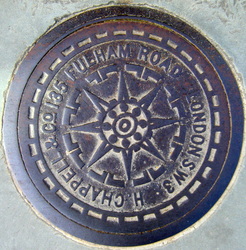
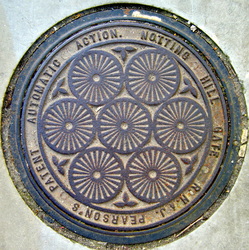
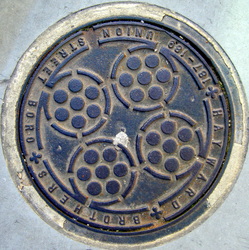

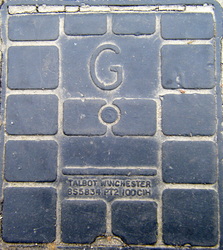
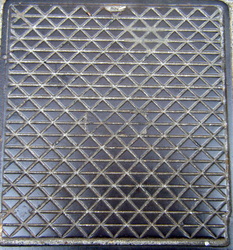
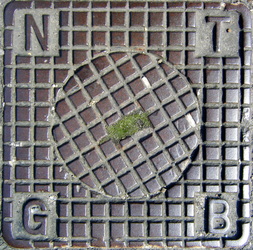
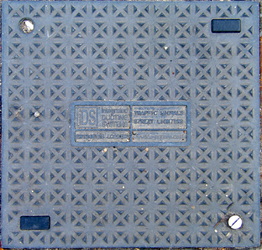
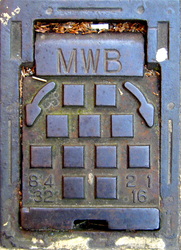
 RSS Feed
RSS Feed
